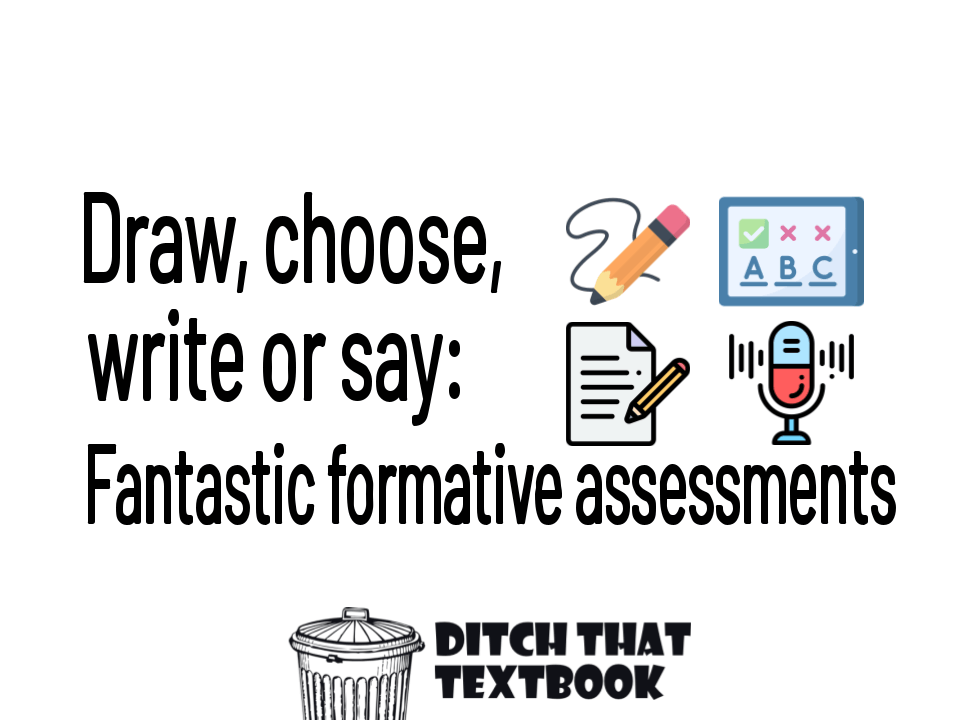
Formative assessment can be fantastic! Here are options for letting students draw, choose, write and say as a formative assessment tool.
Formative assessment can be drudgery. When students are doing the same quizzes and the same practice questions all day long, it can be less than stimulating.
Or formative assessment can be fantastic.
Teachers use formative assessments to get the pulse of the class, to see how students are progressing. When used correctly, formative assessments let teachers make quick changes to their plans to meet students where they are.
Plenty of digital tools exist to help teachers mix things up. Don’t think of formative assessment as worksheets and quizzes. Students can draw, choose, write or say to show what they know.

Need some ideas? Below, you’ll find five tools to help with formative assessments in each of those four categories — draw, choose, write and say.
When you’re done reading check out the other ideas contributed by the Ditch That Textbook community. And please add your favorite formative assessment tools in a comment at the end of the post!

Formative (goformative.com) — Formative lets teachers ask a question (or questions) to students through the students’ devices. When students answer, their answers immediately appear in the teacher dashboard. Teachers can then assign a grade or (coming soon!) add a comment that students see immediately. Question types include fill in the blank, multiple choice or (my favorite!) “show your work” where students draw the answer.
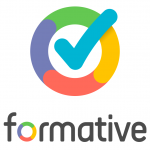
Paper by WeTransfer (wetransfer.com/paper) — Paper is a sketching app. It gives you (or a student) a blank piece of paper and plenty of tools to turn it into a work of art (or a place to jot down ideas). Tools include a fountain pen, watercolor paintbrush, fine point/wide point Sharpie pen and pencil. Create flowcharts or organize with “smart shapes” you can move around. Available for iPad and iPhone.
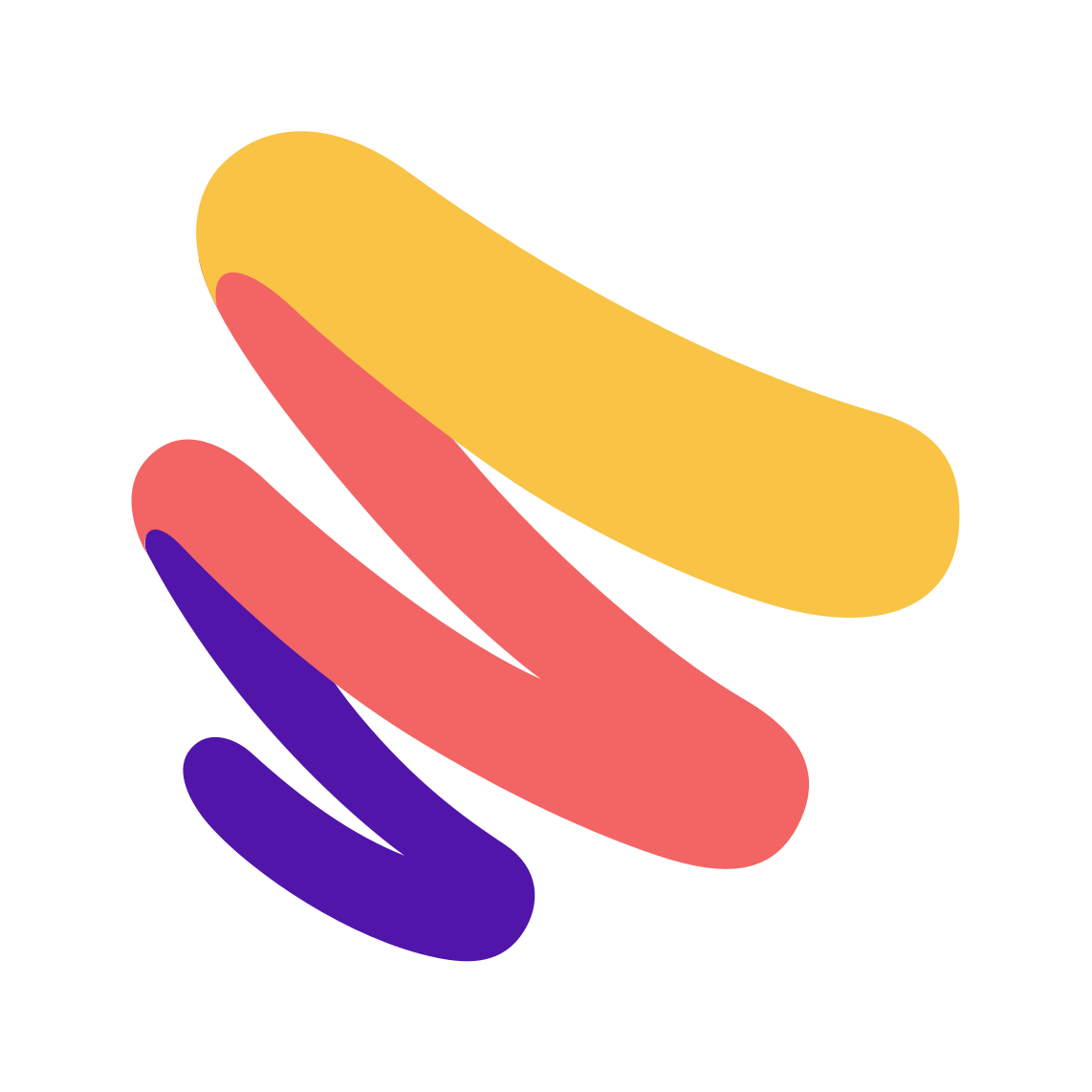
Google Drawings (drive.google.com) — Google Drawings lets students add elements to a blank canvas, including text, images, shapes and lines. It’s a very simple Google App, but the options for its use are endless. Some ideas include interactive posters (see how in this blog post) or graphic organizers (see 15+ free graphic organizers here).
Pear Deck (peardeck.com) — Pear Deck turns your presentation slides into interactive activities that students can engage with on their own devices. Students can draw out a mind map, draw a diagram, illustrate a concept and more.

Jamboard (jamboard.google.com) — Jamboard is a collaborative online whiteboard. Students can use this creative work space to brainstorm, organize, and share ideas. Students can use Jamboard to create their own digital sketchnotes or illustration of a concept.


Kahoot! (getkahoot.com) — Kahoot! turns your classroom into a game show. Create your own questions or choose from millions of publicly available Kahoot! games. Students see questions on the screen and select the correct answer on their own devices. Track who has the most points with a leaderboard after each question. Fun music and flashy graphics make this one a crowd pleaser!
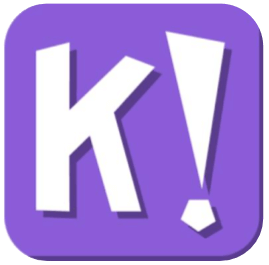
Plickers (plickers.com) — Don’t have devices for every student? No problem. Get instant info on what your students know with Plickers. Students hold up cards that represent the answer they choose (A, B, C or D). The teacher scans the room with his/her phone/tablet camera in the Plickers app. Plickers summarizes student answers and provides quick results.
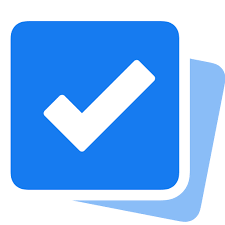
Quizlet (quizlet.com) — Quizlet is online flashcards with a twist. Teachers (or students!) can create their own cards by typing terms and definitions. From there, students can take simple quizzes, flip through their flashcards and even play games. Space Race and Scatter are student favorites! Plus, their flashcards can be accessed on their phones. With your terms in a device that’s constantly attached to their hip, how can you lose?

Quizizz (quizizz.com) — Quizizz takes the excitement of a gameshow-style review game and puts the whole experience in the students’ hands. With a traditional Kahoot! game, everyone sees the question and possible answers on the projector and answer simultaneously. Quizizz is different because the questions and possible answers are displayed individually on student devices.

Flippity (flippity.net) — Flippity is like the game making jackpot. You can easily turn your Google Sheets into BINGO, quiz shows, flashcards, scavenger hunts, leaderboards and more. All for FREE!

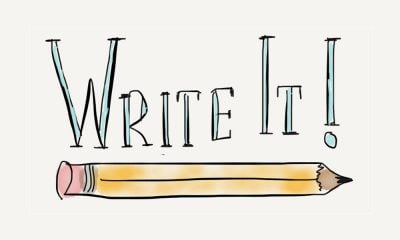
Quick blog with Google Slides (drive.google.com) — Make writing assignments more collaborative with a quick blog. A slides presentation can serve as a simple student blog where each slide serves as a post. Or use one presentation as a quick class blog where each student writes a post in a slide and then can comment on each other's posts. Here's a quick tutorial on how to set it up.
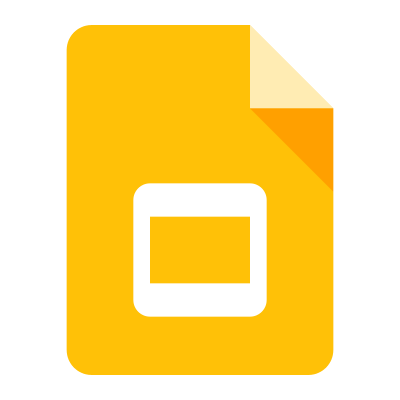
Backchannel chat (backchannelchat.com) — Brevity is a virtuous quality in writing. Backchannel Chat gives teachers and students a place to swap text-based messages instantly. They're easy to set up. With a paid account, you can send private messages and keep full transcripts.

MakeBeliefsComix (makebeliefscomix.com) — Comic strips can make writing fun even for the most reluctant writer. MakeBeliefsComix lets students create comic strips with original artwork. Each character has multiple poses so you can pick the perfect one for the situation in the strip. Add speech and thought bubbles, props, backgrounds and more. Then email or print the strips!
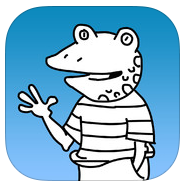
Padlet (padlet.com) — Padlet is a web app that lets users post notes on a digital wall. Those sticky notes have images, links and videos. Padlet provides an excellent collaborative space for students to share what they have learned. Students can

Google Classroom (classroom.google.com) — Utilize the create a question function to encourage and facilitate class discussion. Students not only get a platform to have their voices heard, but they also learn to engage with their peers by responding directly to them.
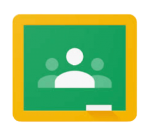
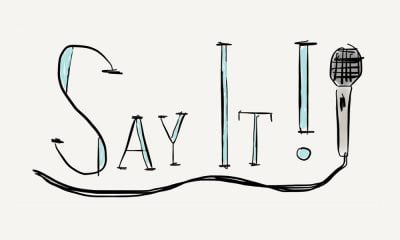
Flipgrid (Flipgrid.com) — With Flipgrid's Mic Only mode students can share their voice without recording themselves on video. Once inside of Flipgrid camera, click on “Options” , select “Mic Only” and start recording. Follow the prompts to save your recording and you’re done! You can even use this option inside of Wakelet to create a simple podcast with your class.
Anchor (anchor.fm) — Student motivation can soar when they know they’re creating for an audience bigger than just the teacher. With Anchor (anchor.fm), a FREE podcast platform, it's easy. Students can record audio with your phone, a tablet or a laptop/desktop computer. You can share their audio response with the whole class or beyond. You could even use it for a weekly podcast where students reflect on what they learned during the week.

Synth (gosynth.com) — Synth lets students record audio in short bites. Then, they can respond to each other's audio recordings. It's a quick, easy way for them to show what they know asynchronously. Plus, they can listen and record on the go easily with the Synth app. Synth's record and respond features make audio recordings feel like a natural conversation.
Garage Band (on the iOS App Store) — Go farther than recording audio. Add some music! Garage Band lets students play a multitude of different virtual instruments and record them all together in a digital jam session! Save student creations and host a student-produced symphony during class!
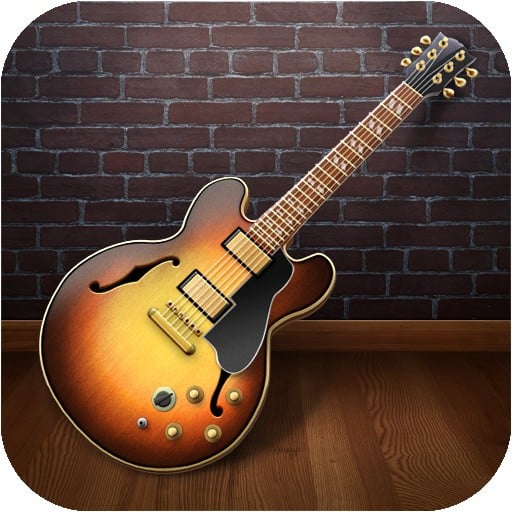
Vocaroo (vocaroo.com) — Vocaroo makes recording audio about as simple and no-frills as possible. Go to the site (on a laptop, Chromebook, or mobile device. Click the red button to record. Then download the recording as an mp3 file. Turn it in through Google Classroom or your learning management system. If you need something on the web to record a quick audio snippet, Vocaroo will do it.

More ideas from the Ditch That Textbook community!
I love Seesaw and good ole paper and pencil. As a math teacher, I need to see their work, so any tool that allows annotation is good. Seesaw is great because they are saved in a portfolio for teacher/parent conferences. When I meet with parents, I can reference where students are on the strategy progression and we can discuss specific ways they can work to move up that progression.
– Summer Pettigrew
Kidblogs or Padlets where students lead a silent discussion demonstrating what they have learned/what they know/answering specific or essential questions, etc, then responding to each other with thoughtful responses (I award no points for responses like- "I agree" or "I disagree" or "good answer" as they do not demonstrate understanding
–Liz Regnier
I started this school year using a simple google form to check for student understanding. I have one for each subject I teach and can quickly pull it up on my phone or an iPad and then have data to plan for future grouping or lessons.
I even made it an “app” or icon on my Home Screen for easy quick access.
– April Moore
You should add Class Kick to this list – it’s like Go Formative, but for iPads. You can draw on student’s work while they answer, they can “raise their hand” from the device, and help other students answer if you allow them to!
– Wendy Farabaugh
For notifications of new Ditch That Textbook content and helpful links:
Are you looking for quality, meaningful professional learning that both equips and inspires teachers?
Matt provides in-person and virtual keynotes, workshops and breakout sessions that equip, inspire and encourage teachers to create change in their classrooms. Teachers leave with loads of resources. They participate. They laugh. They see tech use and teaching in a new light. Click the link below to contact us and learn how you can bring Matt to your school or district!
Is Matt presenting near you soon? Check out his upcoming live events!



This is a great breakdown of formative assessments. Some of these I have used in my classroom, but others are new to me. I use Google Sheets to create self-check activities for my students, so I want to try Flippity and see how that works. Thanks for all the info!
I went to todaysmeet.com and the site is now shut down.
Aw, this was an extremely nice post. Finding the time and actual effort to generate a superb article… but what can I say… I put things off a lot and never seem to get nearly anything done.
You should add Class Kick to this list – it’s like Go Formative, but for iPads. You can draw on student’s work while they answer, they can “raise their hand” from the device, and help other students answer if you allow them to!
[…] posted different ideas on how to create formative assessments using […]
[…] “Formative assessment can be drudgery. When students are doing the same quizzes and the same practice questions all day long, it can be less than stimulating.Or formative assessment can be fantastic.Teachers use formative assessments to get the pulse of the class, to see how students are progressing. When used correctly, formative assessments let teachers make quick changes to their plans to meet students where they are.Plenty of digital tools exist to help teachers mix things up. Don’t think of formative assessment as worksheets and quizzes. Students can draw, choose, write or say to show what they know.Need some ideas? Below, you’ll find three tools to help with formative assessment in each of those four categories — draw, choose, write and say.” To read further please click here:https://ditchthattextbook.com/2015/10/05/draw-choose-write-or-say-fantastic-formative-assessments/ […]
The Answer Pad would be a great addition to this post. All the usual student response type questions, Likert scale, thumbs up/down plus great drawing tools for “show what you know”. Students can upload pictures, draw, use text boxes on the free draw , and all responses are immediately received by the teacher and captured in a portfolio.
Like Kahoot but students go at their own pace, it scrambles answers, and if you want, you can use memes to compliment or tell them they are wrong.
If your students love Kahoot, they will also love Quizizz. The difference is that the questions show up on the student’s device instead of just on the teacher’s screen. Data, music, and memes are also a bonus!
[…] Draw, choose, write or say: Fantastic formative assessments | Ditch That Textbook @jmattmiller ditchthattextbook.com/2015/10/05/dra… […]